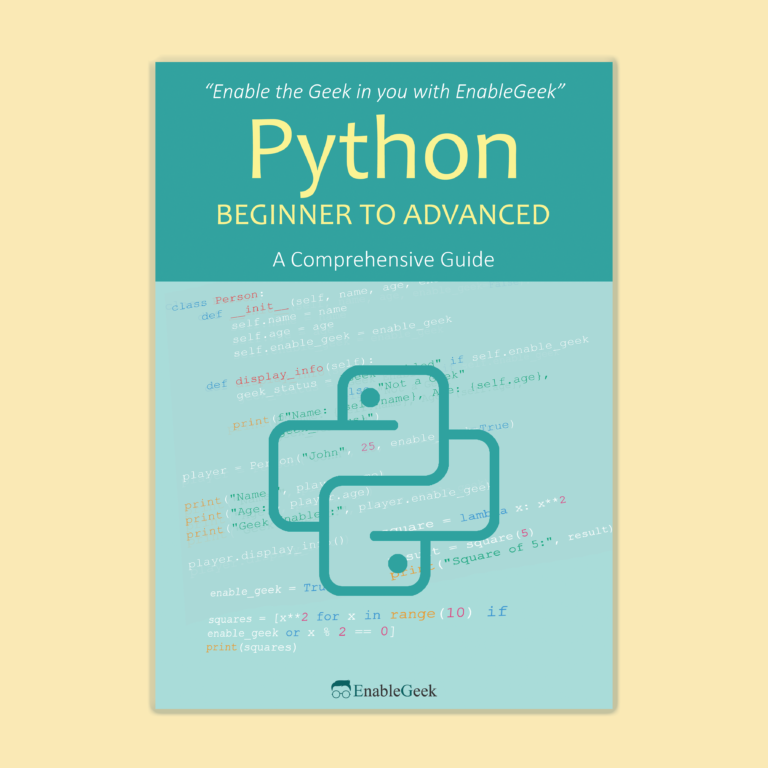Tutorial Series: SQL
SQL stands for Structured Query Language, which is a programming language designed for managing and manipulating relational databases. It is the most widely used language for interacting with databases and is supported by the most popular relational database management systems (RDBMS) such as MySQL, Oracle, Microsoft SQL Server, PostgreSQL, and SQLite.
SQL allows users to create, modify, and query databases using a variety of commands and statements. With SQL, you can create new tables, insert, update, and delete data from existing tables, and retrieve data from one or more tables using a wide range of selection criteria.
Some common SQL commands include:
SELECT: retrieves data from one or more tables
INSERT: adds new rows to a table
UPDATE: modifies existing data in a table
DELETE: removes data from a table
CREATE: creates a new database object (such as a table, view, or stored procedure)
ALTER: modifies an existing database object
DROP: deletes a database object
SQL is a powerful and essential tool for managing data in relational databases and is widely used in applications such as web development, data analysis, and business intelligence.

Check Our Ebook for This Online Course


Advanced topics are covered in this ebook with many examples.
